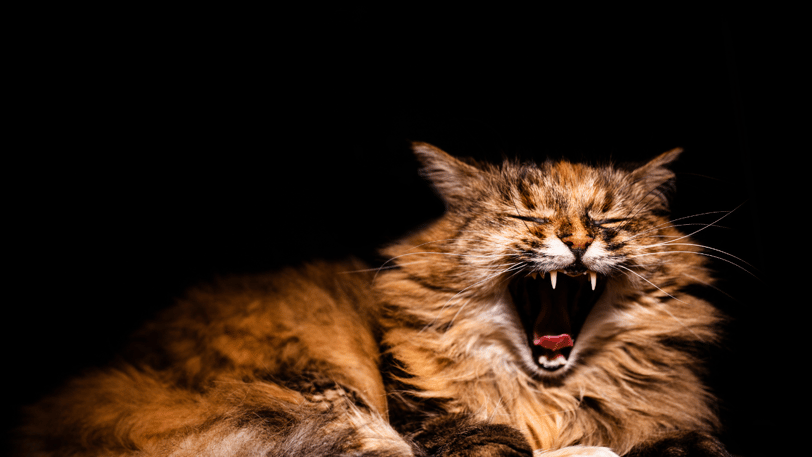Understanding Common Pet Behavior: What Is Your Pet Trying to Tell You?


Photo : Hostinger
G'day, buddy! So, you've got yourself a furry (or maybe not-so-furry) buddy, and you're trying to decode the cryptic language of pet behaviour, right? Don't worry; it's all part of the fun. In this blog, we'll unravel the secrets of common pet behaviours and what they're trying to tell you. Get ready to be the Dr. Dolittle of your own home!
Deciphering Common Pet Behaviours:
Let's kick things off with some classic pet moves. You know, the tail wagging, the purring, the zoomies. We'll break down what these behaviours might mean and how to respond.
Reading Fido and Whiskers:
Now, let's get into the nitty-gritty of pet body language. From perky ears to a tucked tail, we'll explore the subtle cues your cat or dog is giving you and what's going on in their furry little heads.
Wrapping It Up with a Paw-sitive Note:
After this, you'll be a bona fide pet whisperer. Understand your pet's quirks and needs, and you'll have a bond like no other. Time to put your newfound knowledge to good use!
Now, let's dive into the world of pet behaviour, decode those curious actions, and strengthen your bond with your furry buddy. Remember, when it comes to pets, it's not just what they're saying but how they're saying it that matters.
For Dogs:
Tail Wagging: The way a dog wags its tail can convey various emotions, from excitement to anxiety.
Barking: Dogs bark for different reasons, including alerting, expressing fear, or seeking attention.
Whining: Often a sign of discomfort, fear, or a plea for something the dog wants.
Jumping: Dogs may jump to greet, show excitement, or seek attention.
Digging: Dogs dig to create a comfortable spot, release energy, or out of boredom.
Chewing: Chewing can be a sign of teething in puppies or a way to relieve stress and anxiety.
Rolling Over: Dogs may roll over as a sign of submission or as an invitation for belly rubs.
Growling: A warning sign indicating that a dog is uncomfortable or feels threatened.
Sniffing: Dogs explore their environment through their sense of smell, which includes sniffing objects and other animals.
Circling Before Lying Down: A natural behavior that stems from their wild ancestors who circled to create a comfortable sleeping spot.
For Cats:
Purring: Cats purr when content, relaxed, or in pain, and it serves as a self-soothing mechanism.
Kneading: Kneading with their paws is often associated with comfort and contentment.
Hissing: A clear sign of fear, aggression, or discomfort.
Scratching: Cats scratch to mark territory, exercise, and sharpen their claws.
Grooming: A significant part of a cat's daily routine, grooming helps keep them clean and comfortable.
Stretching: Cats stretch to exercise their muscles and relieve tension.
Hunting Play: Even well-fed cats engage in hunting-like play, which is a natural instinct.
Head-Butting: Cats head-butt to show affection and mark you with their scent glands.
Tail Position: A raised tail indicates a happy and confident cat, while a puffed-up tail suggests fear or agitation.
Kitty Zoomies: Sudden bursts of energy and playful antics, often seen in young cats.
Contacts :
dgriffith@happypawsitive.net
Paw pals, give my social a glance!
Pawscribe to our newsletter for the latest tails and treats!
Disclaimer: Paws upfront—our site uses affiliate links. If you make a purchase through them, we might earn a treat! Rest assured, we're committed to honesty and only paw partnerships that care for your furry friends. Your support keeps tails wagging and content flowing. Remember to research and consider your pet's needs before shopping. Questions or concerns? Give us a bark. We're all about transparency and the best pet-loving experience for you!


